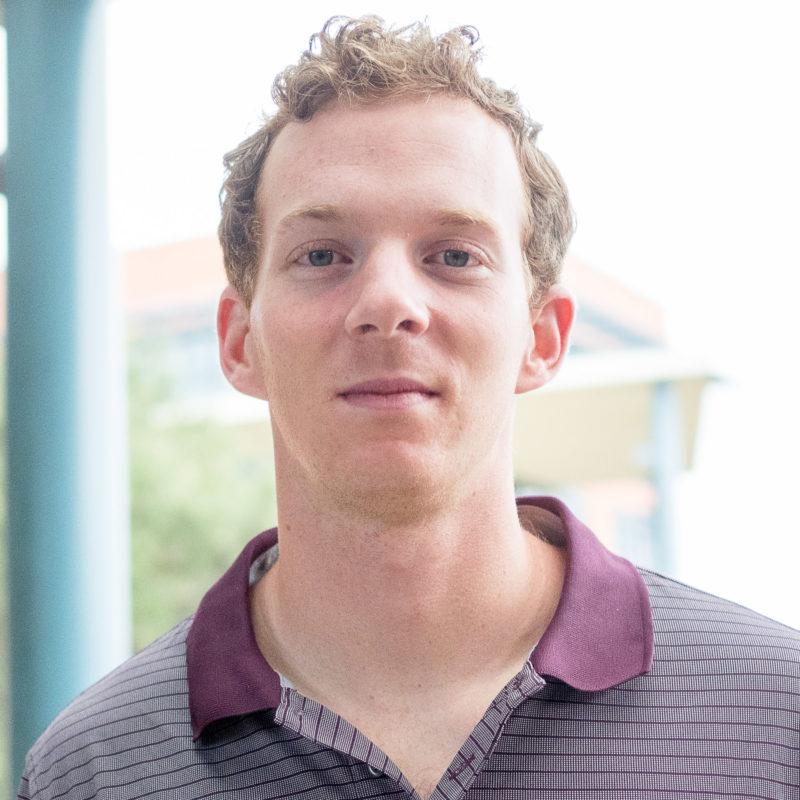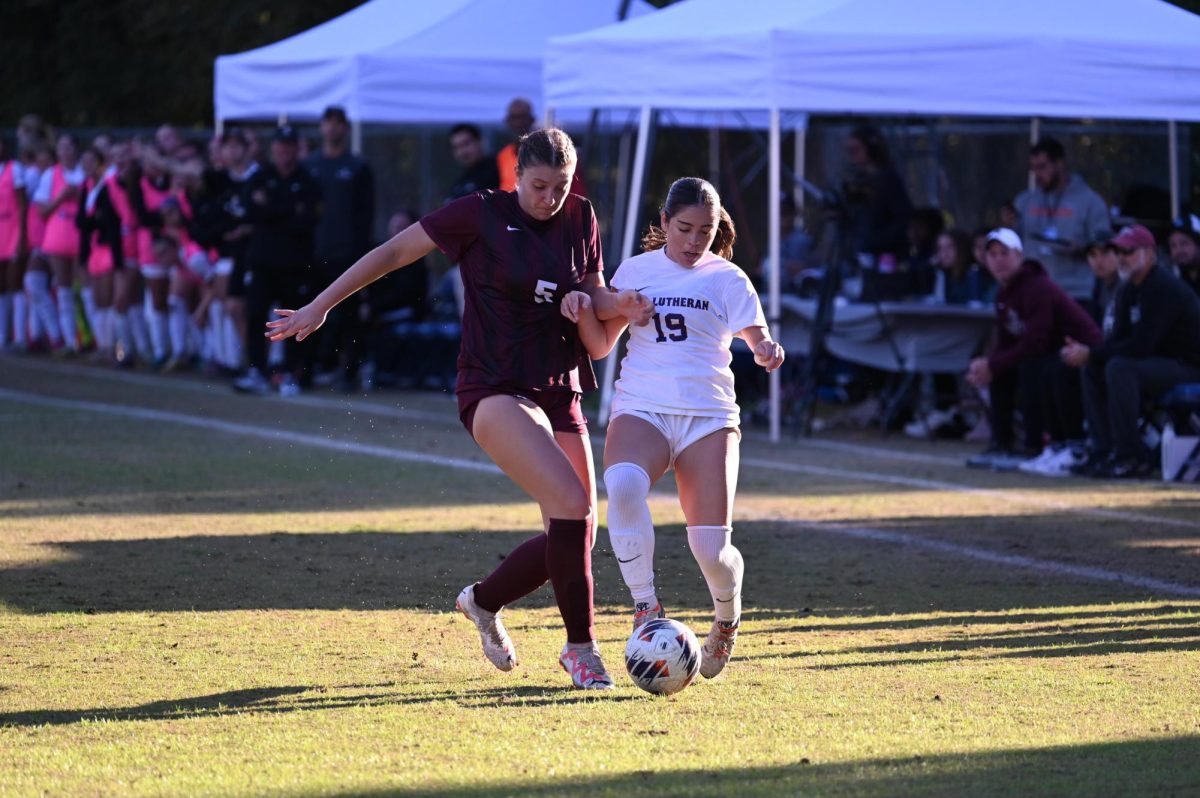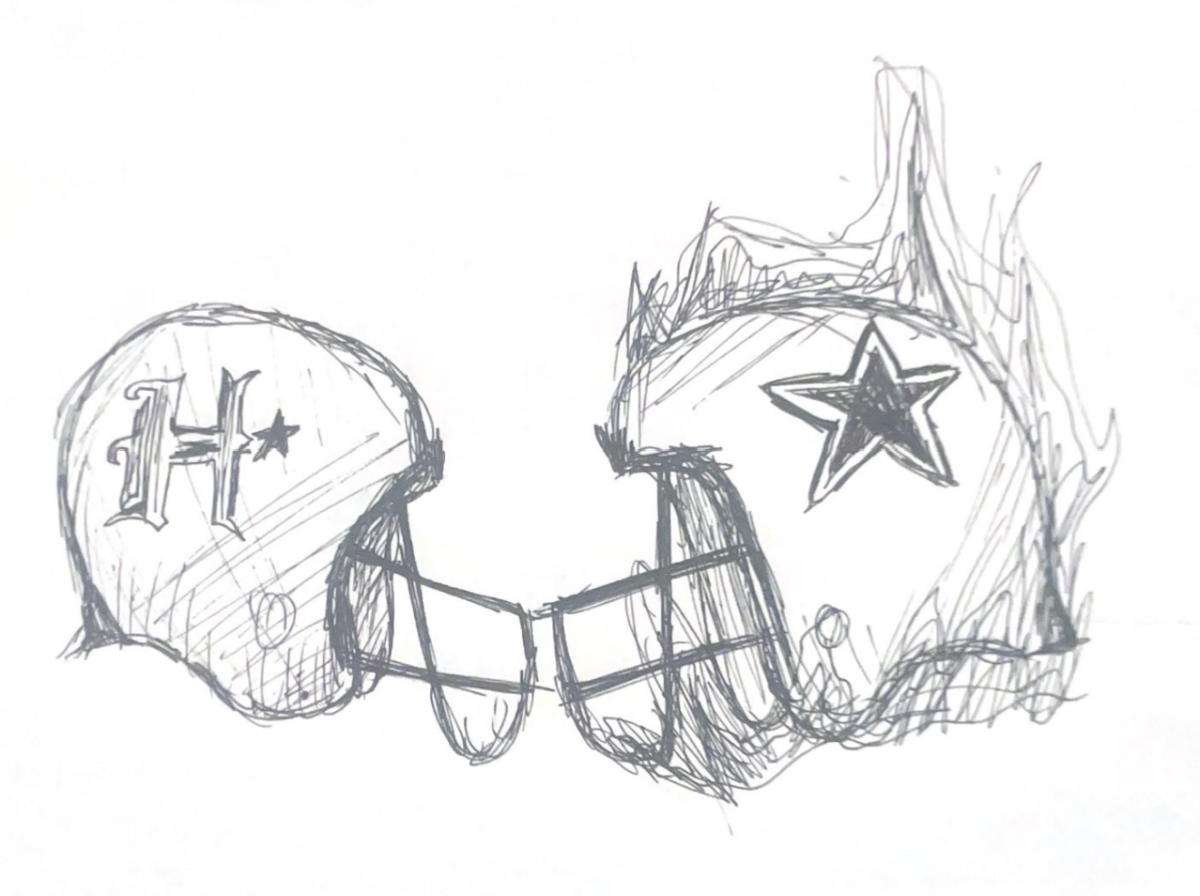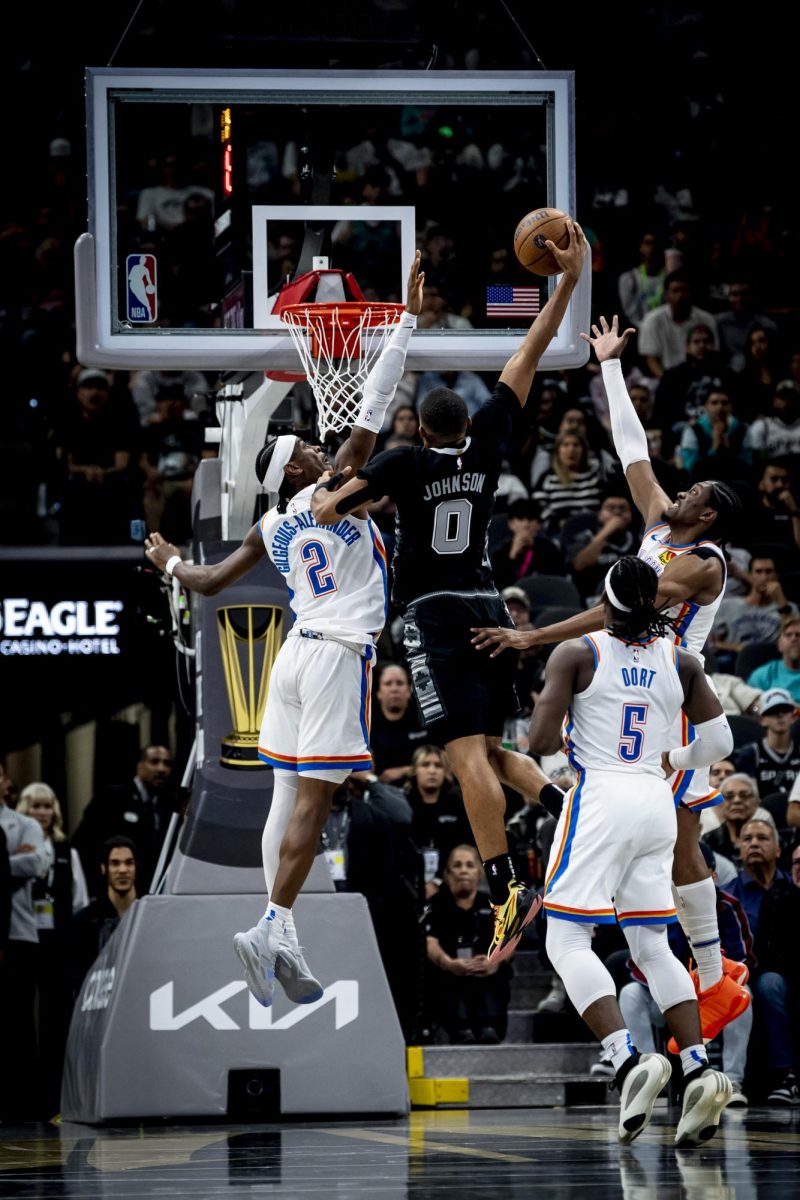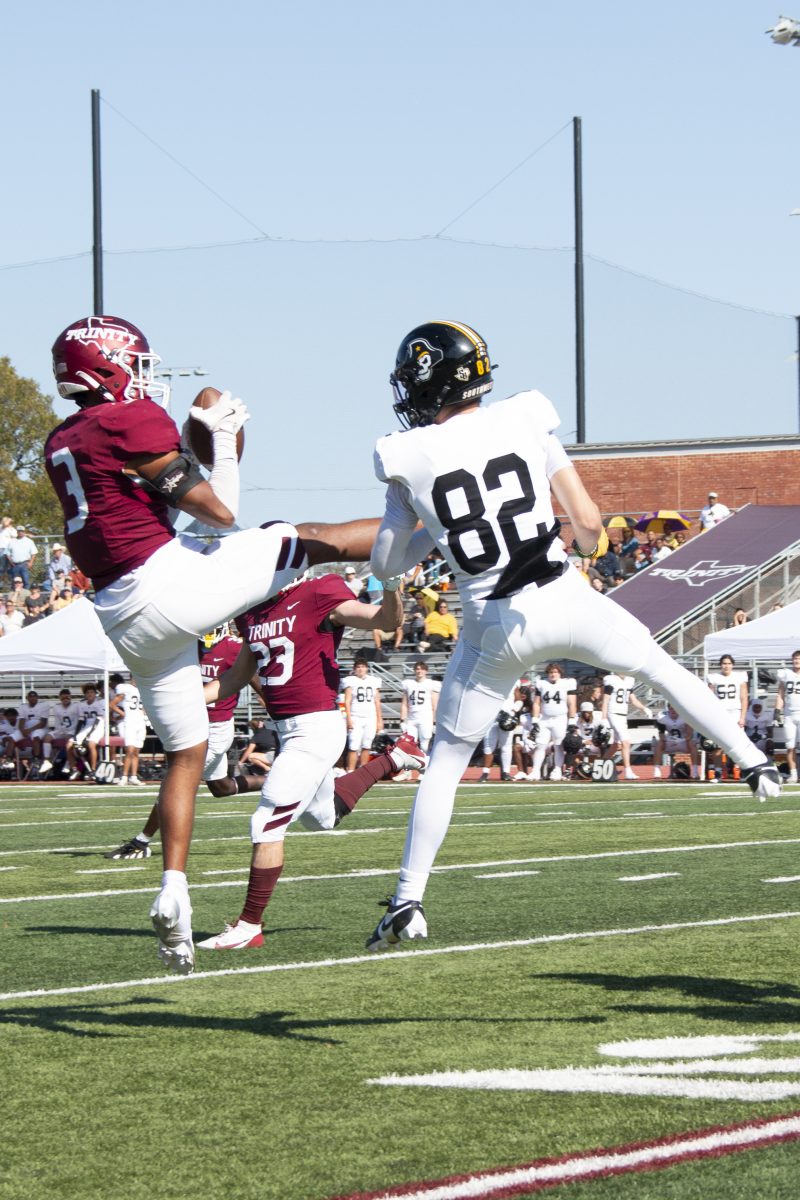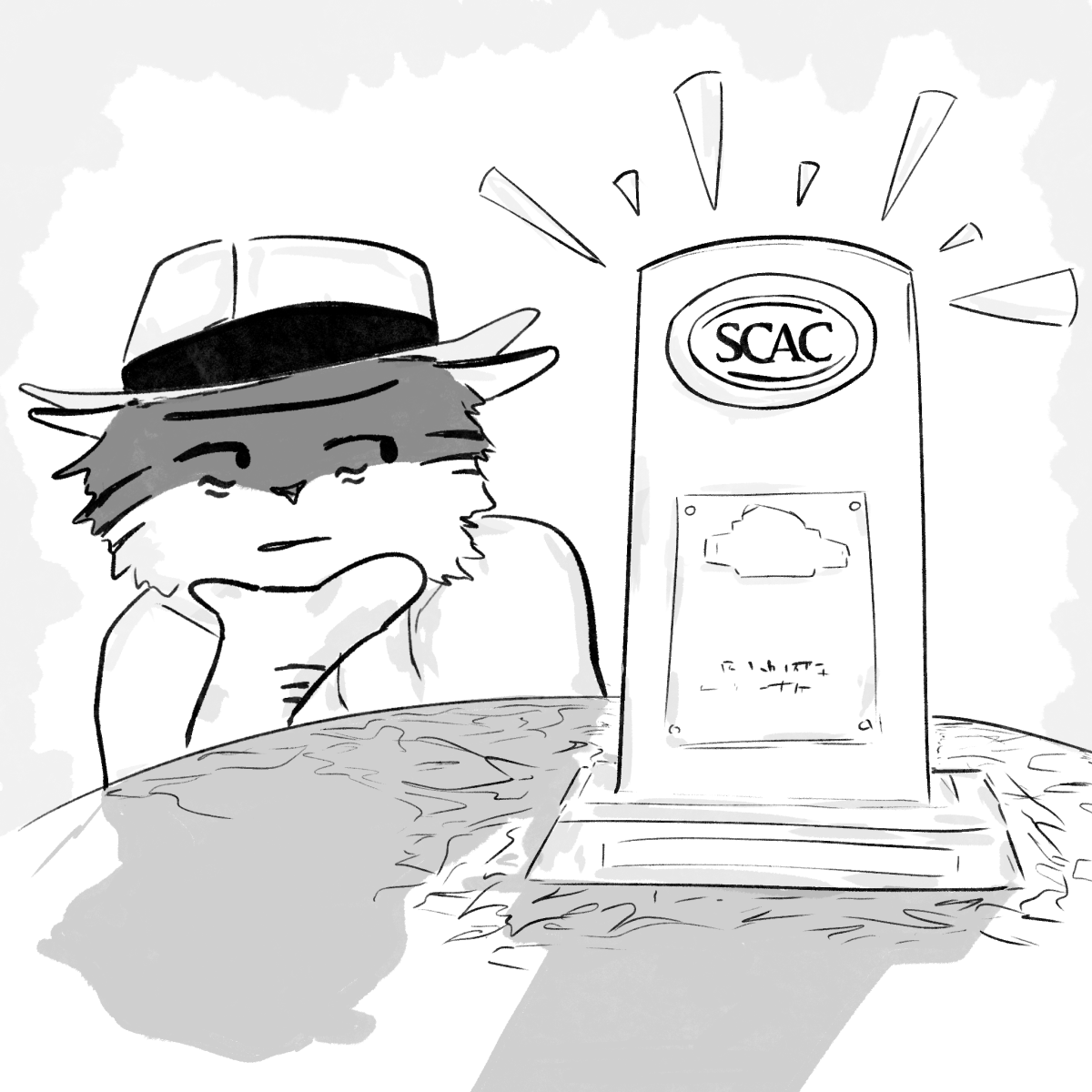America’s exercise culture is growing. We have friends joining the Crossfit movement, notice more bikers dangerously close to our cars and read intense articles about esoteric “extreme fitness” classes that have strong followings in New York City and other crowded metropolises. Yoga, too, is blossoming. A survey financed by “Yoga Alliance” and “Yoga Journal” revealed some interesting statistics regarding the practice and its meteoric rise.
Apparently, there are roughly 37 million yogis in the U.S.; three years ago, there were 20 million. Findings on the decreased discrepancy between female and male yogis were also illuminating: while the ratio several years ago was four to one, polls showed today’s practitioners are 72% female compared to 28% male. Other fun stats include (1) 74% of yogis began practicing within the past five years, and (2) $16.8 billion has been spent on yoga accessories/classes/equipment/clothing, up from $6.1 billion in 2012.
Clearly, yoga has exploded in America. What many (including myself) believed began as a social media-inspired fad has become a cultural powerhouse stripped of its once-defining stigma. It’s no secret why. Yoga helps the inflexible, the stressed and those bored of traditional cardio.
My 51-year-old father began his yoga practice last year. In the process, he endured savage ridicule from my younger brothers and myself “” but our insults did little to diminish his determination to master the headstand. His enjoyment, at first disconcerting, steadily wore on me. Unable to play basketball or lift serious weights any longer due to foot, knee and back injuries caused in part, I’m sure, by the same lack of interest in stretching I (and most young athletes/former athletes) have, yoga presented an exhausting and fulfilling physical challenge for him. Maybe if I took it seriously, yoga could prolong my ability to sit down without wincing in pain because of an atrophied lower back.
I completed the caving process this past semester, and enrolled in Trinity’s 8 a.m. yoga class with Colleen Hill. It’s not all zen-inducing incantations and the seamless loosening of tight muscles. Many poses are painful at first. You may be ashamed of your persistent and awkward inability to balance. And you may not exactly feel much more enlightened, physical or mentally, on the last day of class than you did when you stumbled in wearily that first early Wednesday. Eight o’clock is still too early, and you still cannot escape the desire to be in bed instead of in the humble warrior. If you’re particularly weak, you may not manage an A in the P.E. course, because you slept through four sessions.
The opening segment of class is dedicated to the warm-up. Fast-paced sun salutations are voiced over by Mrs. Hill’s strict directions. After you focus your frantic energy on not tumbling over during the lunging portion of the pose, you alternate between the upward and downward dogs, viciously polarized stretches that suffice in alerting the rest of your body”” the next sixty minutes are going to be “different.”
Next, chair pose. You guessed it. Here, you sit in an invisible chair with your arms straight out in front of you. When you can’t bear the pain any longer, you lift your heels off the ground, so that your only connection to the ground is through your toes. “Feel the energy coming out of your fingers,” Mrs. Hill would command. What that means, I’ll never know.
Generally, chair pose preceded a horrifyingly diverse series of balancing maneuvers. Note: they are all impossible. One of Mrs. Hill’s most constant reminders is to treat the practice as solely individual””you vs. your former self and not you vs. your fellow yogis. Forgetting for a brief second the ludicrousness of embracing a non-competitive stance, I found it exceptionally difficult to try, try again when every other yogi in the room seemed to resemble a perfect statue during the standing bow pose while my personal record of one-legged stillness may have been four and a half seconds. Leave your ego at the door if you want to live.
The remainder of the class typically included the quad-defiling warrior series and a variety of stretches named after animals (mooing cow, scared cat, lizard, camel, reverse camel, crow and snake) that basically conform you to unnatural, animal-like postures that look and feel ridiculous. Another repeated piece of advice from Mrs. Hill is to “not scrunch up your face during a pose; keep it nice and relaxed.” (In case you can’t tell, I got quite the kick out of these one-liners. I also enjoyed performing the more bizarre-looking poses for family members over the break, straight face in tow, mechanically repeating this instruction. My mom was a bit freaked out. It was hilarious, and I’m sure Mrs. Hill would be proud.)
In the end, we’d be rewarded with a call for group savasana. Lying flat on our backs, palms facing up and legs forming a “V,” your fingers naturally formed the gesture of the Buddha (also used to signal OK or a made 3-pointer), and you’re graciously implored (by Mrs. Hill) to allow the ceaseless and noisy narrative of half-thoughts to come and go as they please. Towards the end of the semester, she started reading inspirational quotes about love, self-knowledge and true meditation. Originally her readings were strange, but like the poses, they grew on me, in part because if they didn’t, the class would have been unpleasant. Savasana is the most directed exercise in mediation, and it was gratifying on the last day of class to hear Mrs. Hill compliment the class on our collectively-vanished fidgeting. Note: The music playing throughout the class is similar to that of an aquarium’s playlist. The soft droplets of sound cascading peacefully upon you become creepily apparent during savasana, and I sometimes began to liken myself to a fish hunting for nirvana in a tank. Besides these irregular moments, savasana is great.
The American Yoga Revolution seems to be legitimate. Simply put, yoga meets the participant freely, not requiring too much while enforcing a tangible sense of growth and attainment. Don’t let anyone steal your peace. Namaste.

